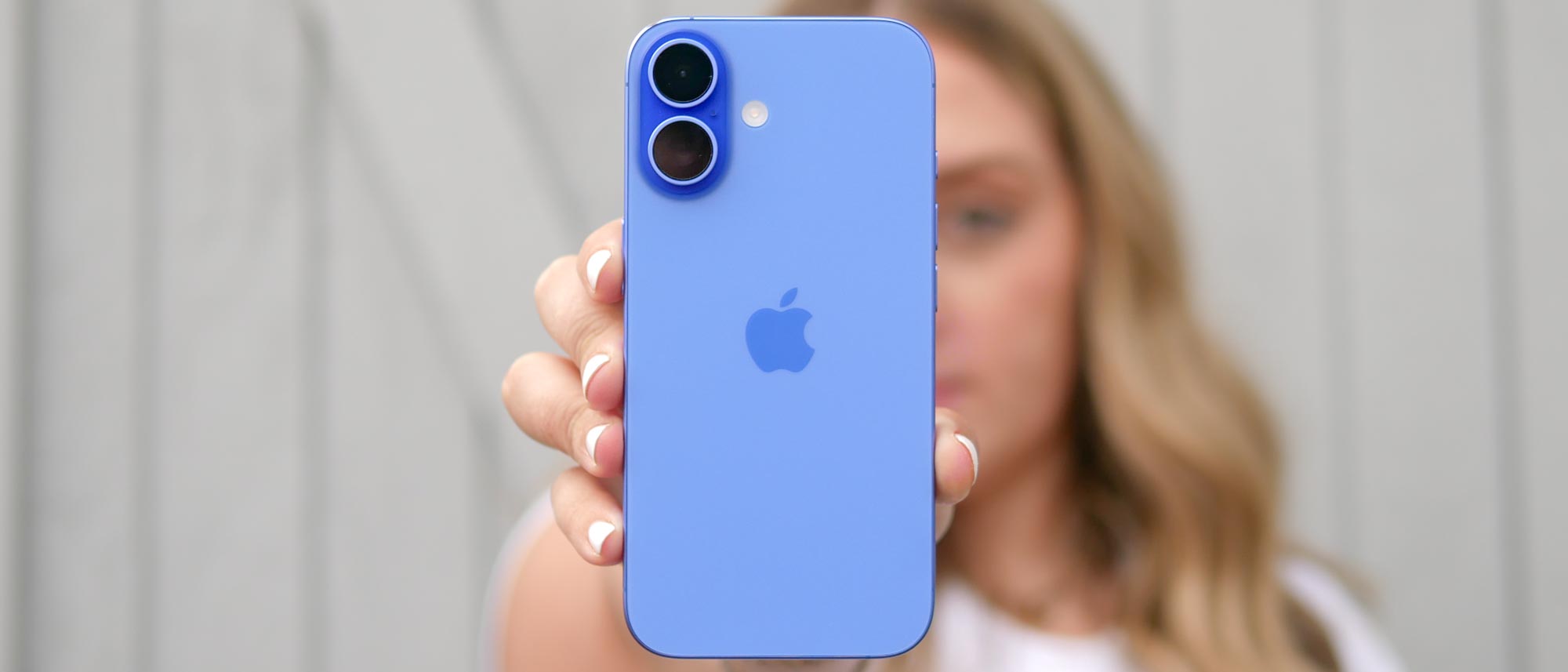Tom's Guide Verdict
Sharing more of the same features found on the Pro models than ever before, the iPhone 16 proves that, pound-for-pound, it's one of the best contenders for best phone, with its stylish looks, excellent cameras, and Pro-like features.
Pros
- +
Stylish design with bold colors
- +
Powerful A18 chip performance
- +
Improved ultrawide camera for macro photography
- +
Spatial photo and video support
Cons
- -
60Hz refresh rate is dated
- -
Apple Intelligence features not really innovative
Why you can trust Tom's Guide
For years now, the best iPhones have featured a $200 spread between the standard and Pro models, so I’m always faced with trying to make an argument to go with the less expensive model. That’s why I’m hyper-focused on inspecting every little detail with my iPhone 16 review, mainly because I want you to know what exactly you’re getting (or compromising) by choosing this less expensive handset over the iPhone 16 Pro.
I know a lot of people are always torn over which iPhone to get, but the models making up this year’s iPhone 16 lineup have a lot more in common than years past. For example, the iPhone 16 gains the Action button that was first exclusive to the iPhone 15 Pros last year and the same Camera Control button found in the iPhone 16 Pros. It even shares just about the same set of Apple Intelligence features (although these have only come as a post-release update to iOS 18).
One of the biggest questions I also want to answer in my iPhone 16 review is how this model's upgraded cameras compare to last year’s iPhones, along with the pricier iPhone 16 Pro and its main competitors in the space.
Apple iPhone 16 review: Price and release date
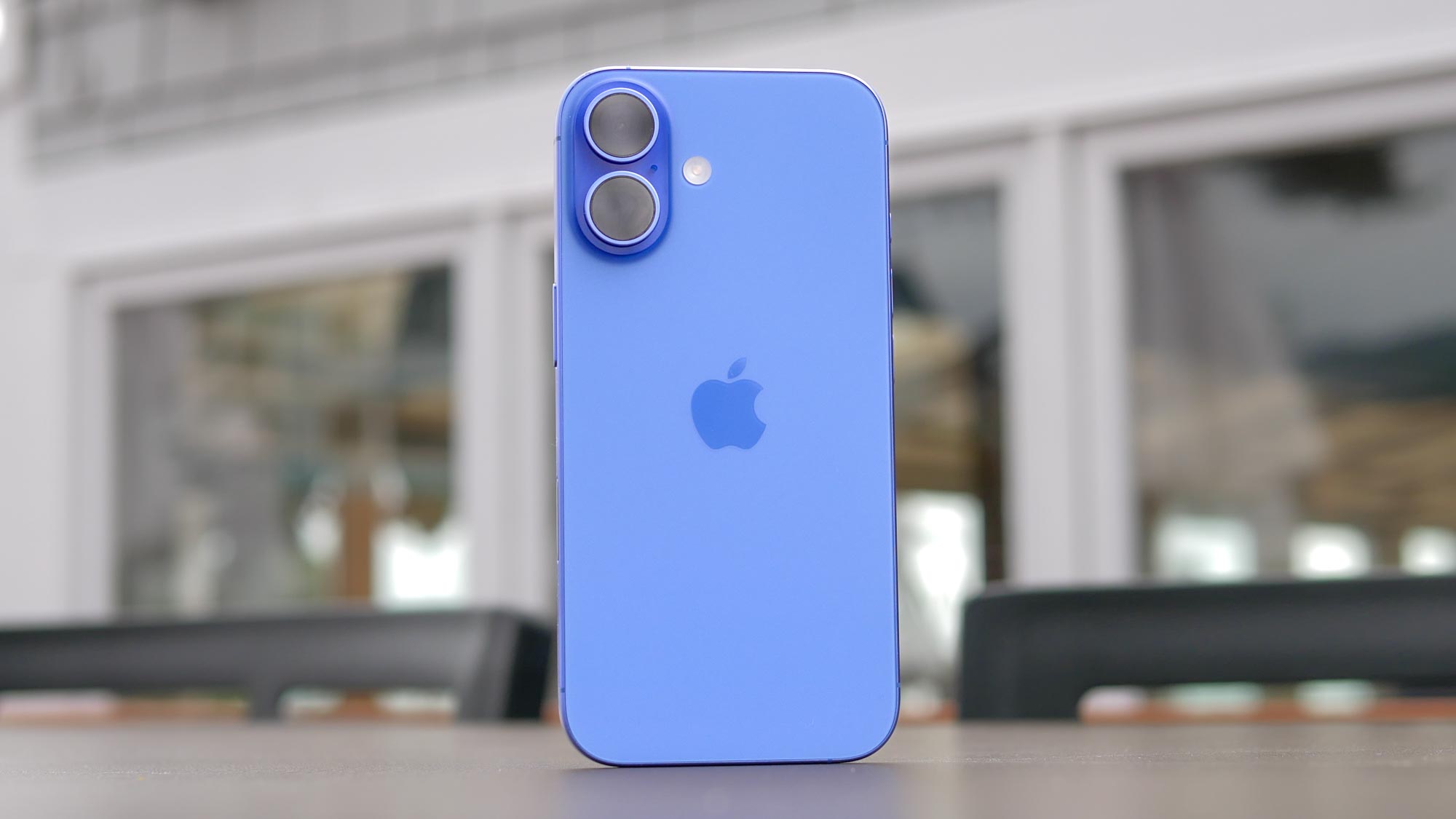
Every year I find myself holding my breath until Apple announces the prices of its new iPhones. Luckily, this happens to be a year in which there are no price hikes for the base iPhone 16, which starts at $799. Preorders for the iPhone 16 are available right now, with full availability starting on September 20.
The iPhone 16 will be available in three storage options: 128GB, 256GB, and 512GB, which have been the configurations for the last few years now. What I’m happy about this year are the brighter, more vibrant color options: pink, teal, ultramarine, black, and white. These new colorways are enchanting, and possibly enough to sway people from going with the iPhone 16 Pros because they’re bolder looking than the pastel-like colors of the iPhone 15.
Apple iPhone 16 review: Specifications
| Row 0 - Cell 0 | iPhone 16 | iPhone 16 Plus |
| Starting price | $799/£799/AU$1,399 | $899/£899/AU$1,599 |
| Screen size | 6.1 inches | 6.7 inches |
| Refresh rate | 60Hz | 60Hz |
| Processor | A18 | A18 |
| RAM | Unknown | Unknown |
| Storage | 128GB, 256GB, 512GB | 128GB, 256GB, 512GB |
| Rear cameras | 48MP main (f/1.6) with 2x opitcal quality zoom, 12MP ultrawide (f/2.2) | 48MP main (f/1.6) with 2x opitcal quality zoom, 12MP ultrawide (f/2.2) |
| Front camera | 12MP (f/1.9) | 12MP (f/1.9) |
| Battery size | Unknown | Unknown |
| Battery life | 22 hours, vide playback; 80 hours, | 27 hours, vide playback; 100 hours, |
| Size | 5.8 x 2.8 x 0.31 inches (147.6 x 71.6 x 7.8mm) | 6.3 x 3.1 x 0.31 inches (160.9 x 77.8 x 7.8mm) |
| Weight | 6 ounces (170 grams) | 7 ounces (199 grams) |
| Colors | Black, White, Pink, Teal, Ultramarine | Black, White, Pink, Teal, Ultramarine |
Apple iPhone 16 review: Design
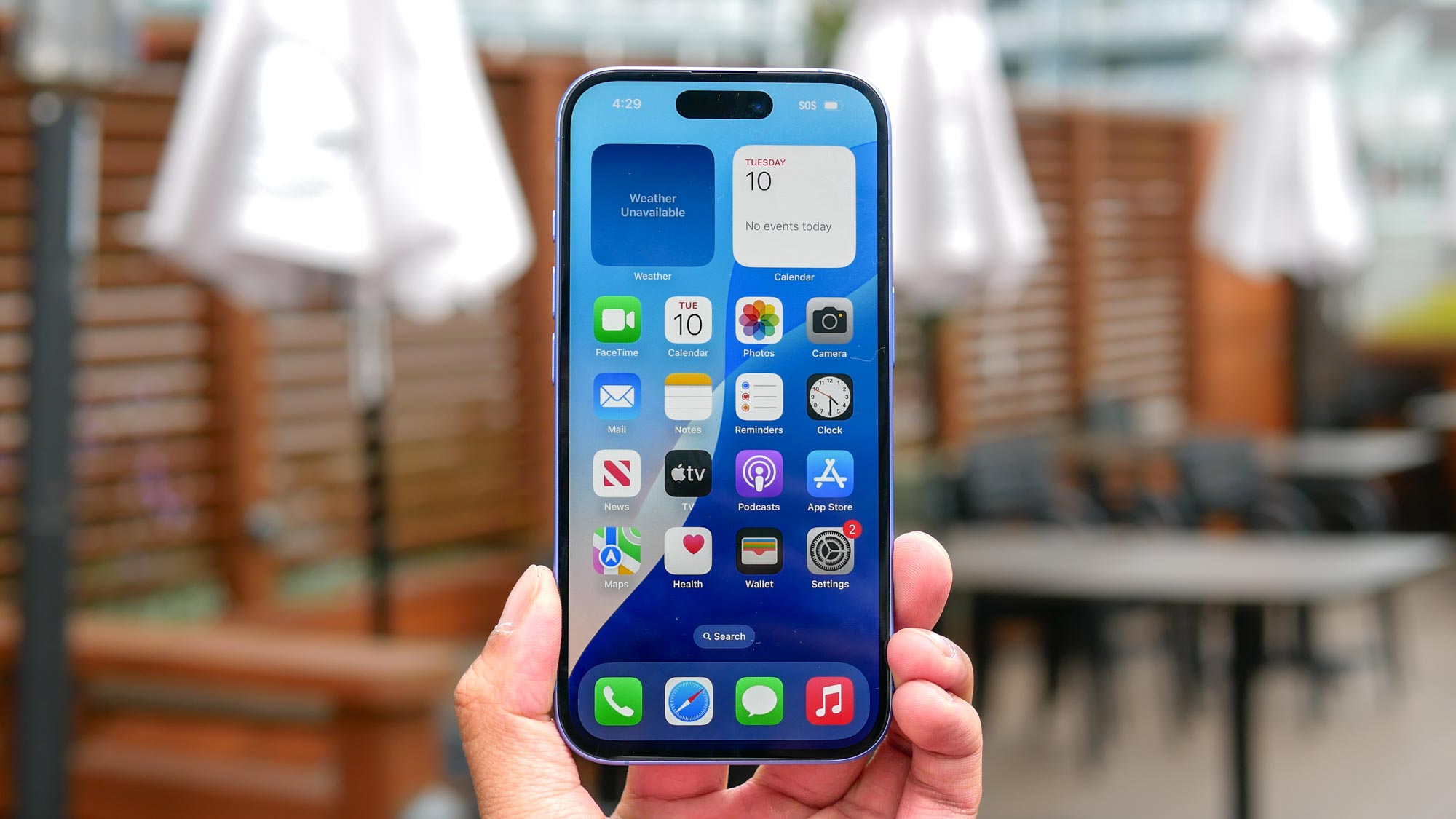
There’s something to say about using a smaller sized phone. While there’s no size change between the iPhone 15 and this year's standard model, the iPhone 16 is a smidge lighter at 6 ounces, making the phone a breeze to use one-handed. It's certainly much easier to do so than with the larger iPhone 16 Pro and 16 Pro Max models. For the iPhone 16, Apple leverages aerospace-grade aluminum with its design, which not only makes it lighter, but also more durable.
However, as much as Apple claims that the latest-generation Ceramic Shield glass is tougher and more resilient, my review unit got noticeably scratched up just after a few times stuffed in my bag. And this is why I can’t stress enough about installing a screen protector and any of the best iPhone 16 cases if you want to keep your new phone's pristine looks intact.
Despite that, the iPhone 16 is a much more stylish phone than the iPhone 16 Pros, which is a shame because I’d love to see these bolder colors come to the Pro iPhones. I also love how the color-infused back glass with my ultramarine colorway review unit pops at just the right angle, while small details like the outline color of the rear cameras makes for a strong contrast as an accent color.
Speaking of cameras, that’s one of the many new design changes with the iPhone 16. Instead of the diagonal arrangement that the series has been using for the last three years, it’s been reverted to a vertical arrangement to allow support for Spatial video and photo capture. Other new changes to the design include the Action Button on the left side of the phone and the Camera Control on the right. And finally, the USB-C port found on the bottom of the iPhone 16 is still stuck on slower USB 2.0 speeds that the iPhone 15 offered.
Nevertheless, the addition of these features along with its charming looks add to the iPhone 16 design, as well as narrowing the gap in what it can functionally do compared to the iPhone 16 Pro.
Apple iPhone 16 review: Display
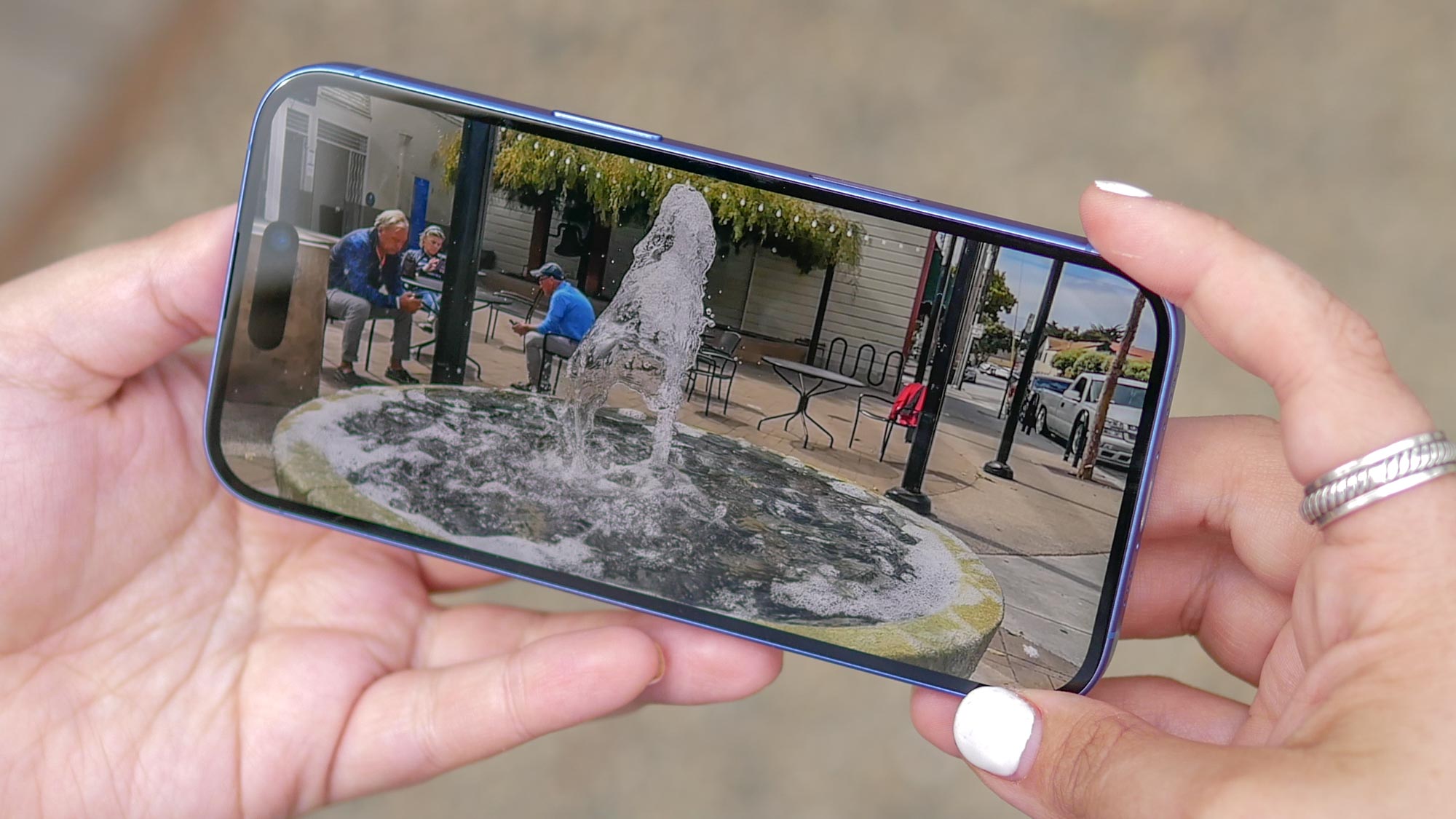
In contrast to the iPhone 16 Pro, there’s no change to the screen size on the new iPhone 16, it’s still a 6.1-inch Super Retina XDR display with a resolution of 2,556 x 1,179 pixels. Also, the same cutout near the top for its Dynamic Island doesn’t change in size.
Visually the display doesn’t disappoint. It’s a pleasant looking OLED panel that gets the job done for most things. I pulled up the Rings of Power Season 2 trailer, and I like how the iPhone 16 display has just enough saturation and contrast to make some of the scenes pop. However, I’m still very critical about Apple’s decision to keep the display refresh rate to 60Hz on its less expensive flagships, which is disappointing given how much cheaper phones have better refresh rates.
| Row 0 - Cell 0 | iPhone 16 | Samsung Galaxy S24 | iPhone 15 |
| Display size | 6.1-inch OLED | 6.2-inch AMOLED | 6.1-inch OLED |
| sRGB (%) | 112.2% | 137.5% (Vivid), 120.8% (Natural) | 114.4% |
| DCI-P3 (%) | 79.5% | 97.4% (Vivid), 85.5% (Natural) | 81.1% |
| Delta-E | 0.27 | 0.22 (Vivid), 0.24 (Natural) | 0.18 |
| Peak brightness | 1,348 nits | 1,416 nits | 1,401 nits |
Most people probably won’t care, but I’ve seen how the faster 120Hz refresh rate on the cheaper Pixel 8a smooths out motion to make action scenes look more fluid. As a result of its 60Hz display, the iPhone 16 doesn’t have the same slick-smoothing animation as other phones.
Putting the iPhone 16 through Tom’s Guide’s display benchmark test, Apple's new phone comes up a little short at 1,348 nits — which is down from the 1,401 nit brightness of the iPhone 15. It’s not a terrible difference, but given how Apple again claims up to a 3,000 nit rating, I was hoping for at least an improvement in this area. But despite this, I will say that none of this affects the iPhone 16's screen visibility outdoors. It’s usable, but it definitely benefits from a shade with my hand outside.
Apple iPhone 16 review: Camera Control
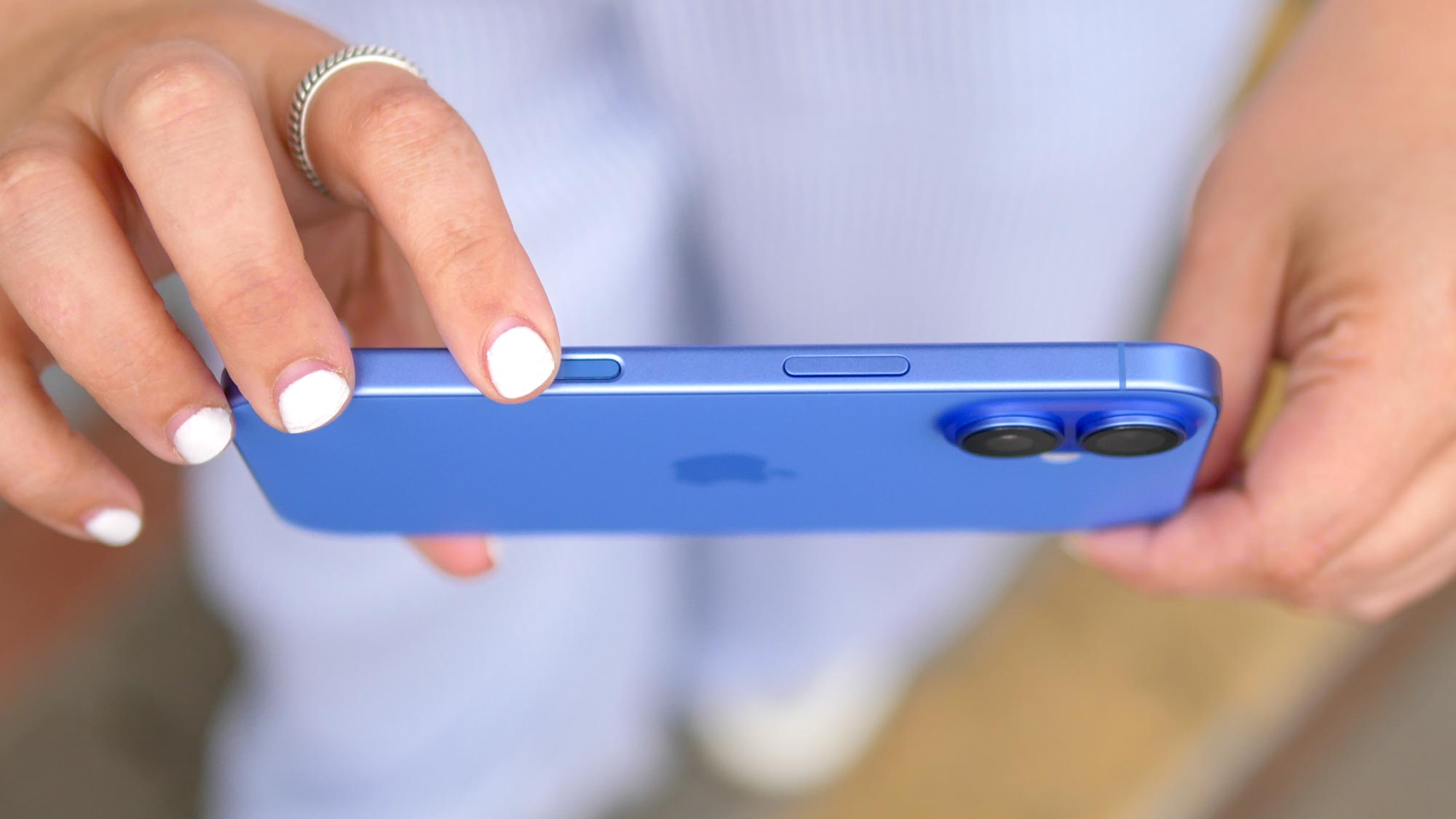
The Camera Control button is positioned on the right side of the iPhone 16 and can recognize the amount of pressure applied to it — thus replicating the physical shutter button commonly found in today’s best mirrorless cameras. I will say that the Camera Control takes a bit getting used to because of the extra functions you’ll have access to.
While pressing it down all the way allows you to take a photo, pressing and holding on the button initiates video recording. I do like how the Camera Control can also discern swipes to change between some of the settings, like zoom controls, exposure adjustment, and more — all by slightly pressing the Camera Control button and swiping my finger left or right. Though it may take a bit getting used to all of this, it’s a step in the right direction in making the iPhone feel more like a camera.
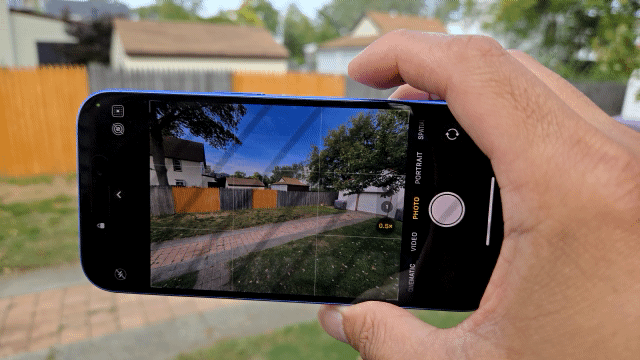
However, I still wish Apple added more controls — like access to the shutter speed and ISO, which could help enthusiasts like myself to get more out of the phone's camera. In terms of audio recording, the iPhone 16 and 16 Plus also gain the same Audio Mixing feature that lets shooters adjust the sound of the audio after a video's recorded. This was previously introduced as a feature for the iPhone 16 Pro and iPhone 16 Pro Max, but it's been confirmed to be available on the standard iPhone 16 models.
Apple iPhone 16 review: Camera Performance
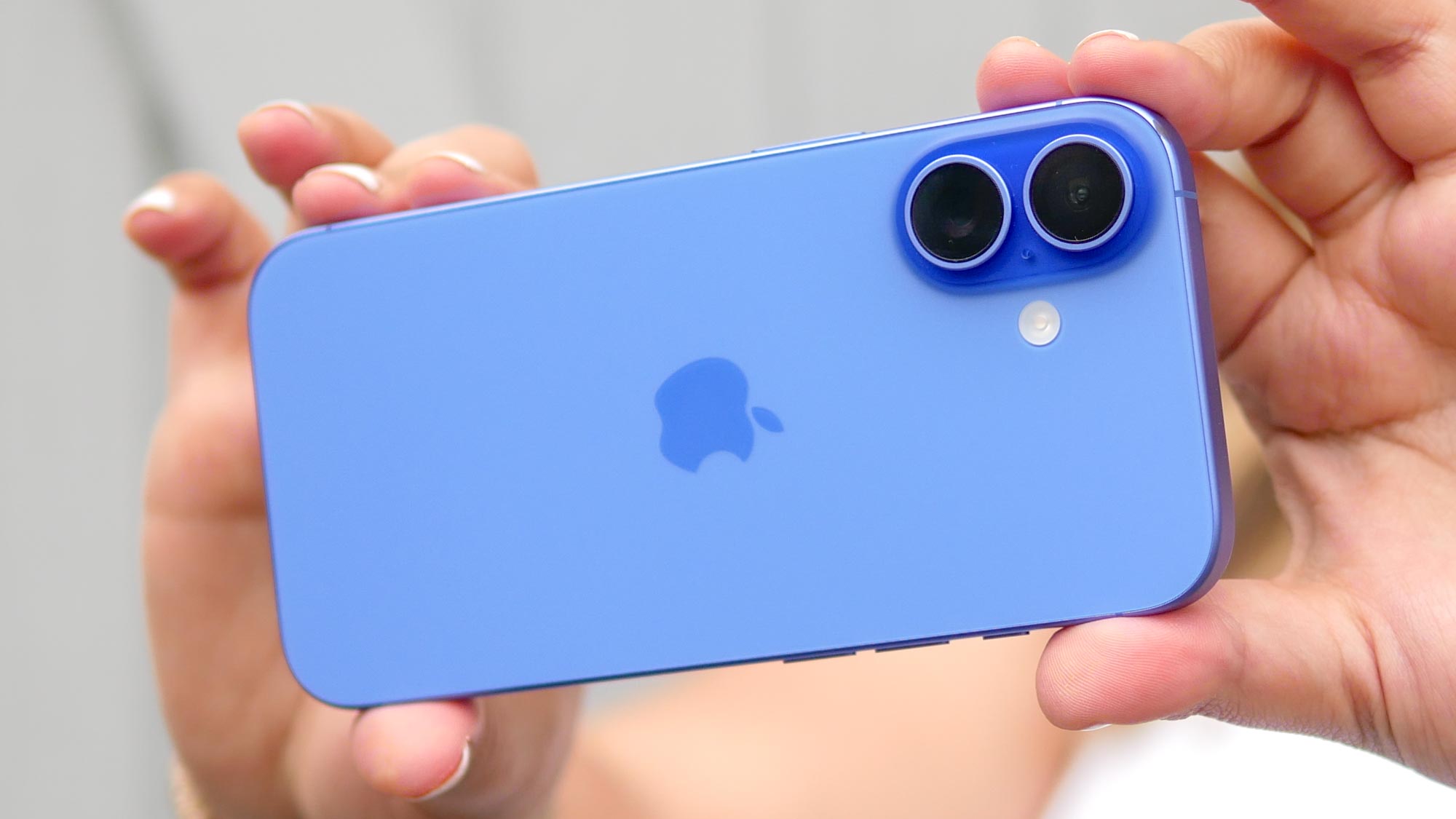
Just as before, the iPhone 16 and 16 Plus feature dual rear cameras that consist of a 48MP main shooter and a refreshed 12MP ultrawide. That latter certainly gets more attention this time around because the series finally gains the ability to capture macro photographs, which is a capability that has been limited to the Pro models.
Apple also talks a lot about the versatility of this new camera setup, since it can effectively deliver photos with optical quality without a dedicated zoom camera — all by leaning on the same pixel-binning techniques I’ve seen previously with the iPhone 15 to get usable 2x zoom photos.
Since the iPhone 16’s camera is very similar to the one in the iPhone 16 Pro/16 Pro Max, it’s worth seeing how it compares. In the shot above in downtown Half Moon Bay, the iPhone 16 pulls up a nice shot with just as much detail in the trees, parked cars, and signages around the street. The only advantage for the iPhone 16 Pro is how it produces a brighter image by increasing the exposure in the shadows.
One of the few changes to the iPhone 16’s cameras pertain to its refreshed 12MP ultrawide camera, which boasts a wider f/2.2 aperture lens (up from the iPhone 15’s f/2.4 one). Against the Pixel 9, it does bring out more detail in the shadowed areas in the tree on the left side, but the green leaves don’t look as vibrant as the Pixel.
Yet again, the iPhone 16 makes a strong case for being one of the best camera phones around because these selfie shots I captured of myself above are nearly identical when it comes to the details. Not only does it capture a lot of my facial features, like my hairline and beauty marks, but it also captures the same details with the background. The only difference is how the iPhone 16 Pro’s shot looks brighter.
Despite lacking a dedicated telephoto camera, the 2x zoom with the iPhone 16 still delivers good results. It matches the Galaxy S24 Plus at 2x zoom, with both capturing the details of the tree’s branches and bark. I’m also impressed by the effectiveness of pixel binning in the iPhone 16 because at 10x zoom, it comes close to matching the S24 Plus — and that’s superb when you figure that the S24 Plus is using a 3x optical zoom.






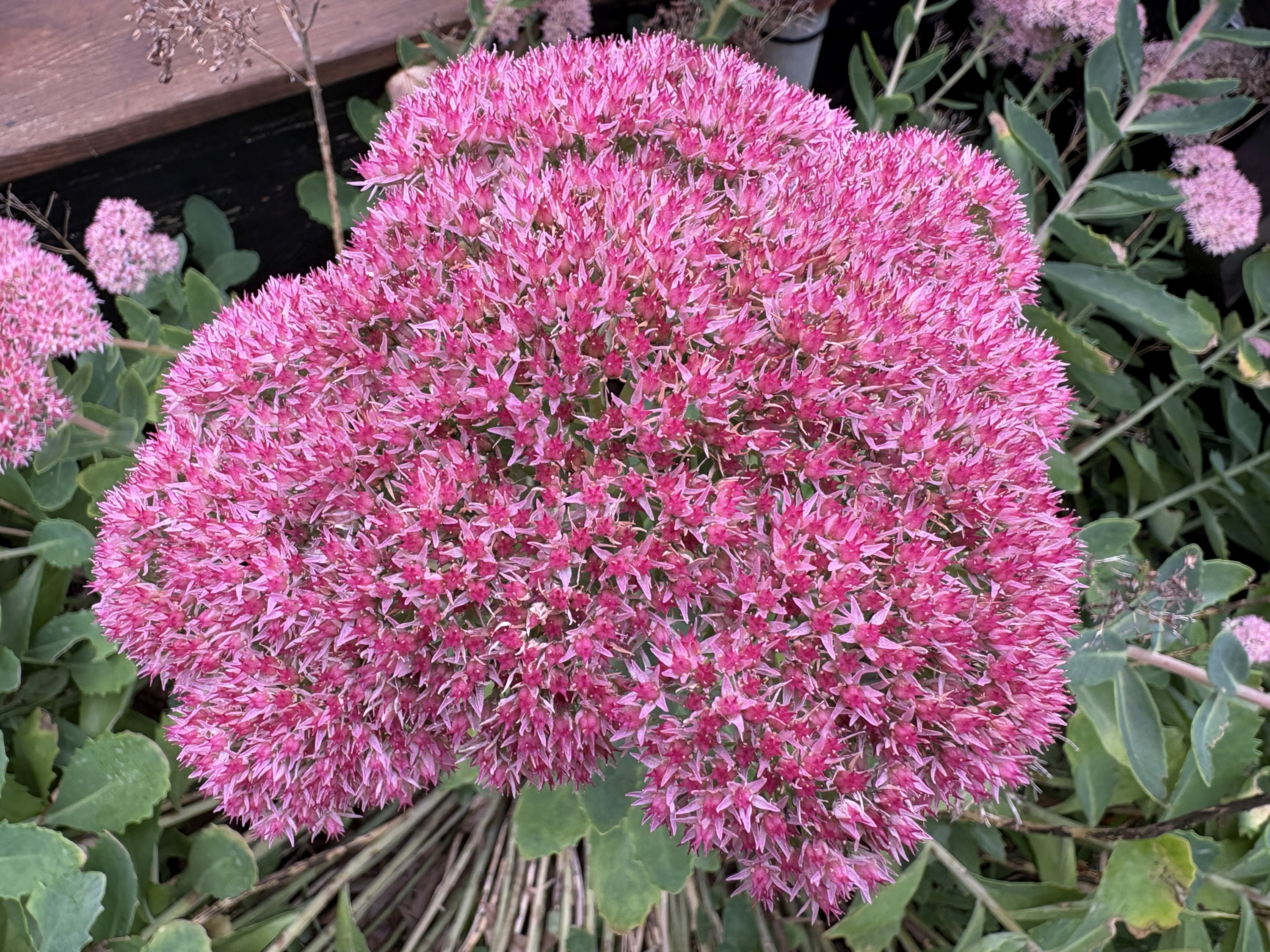
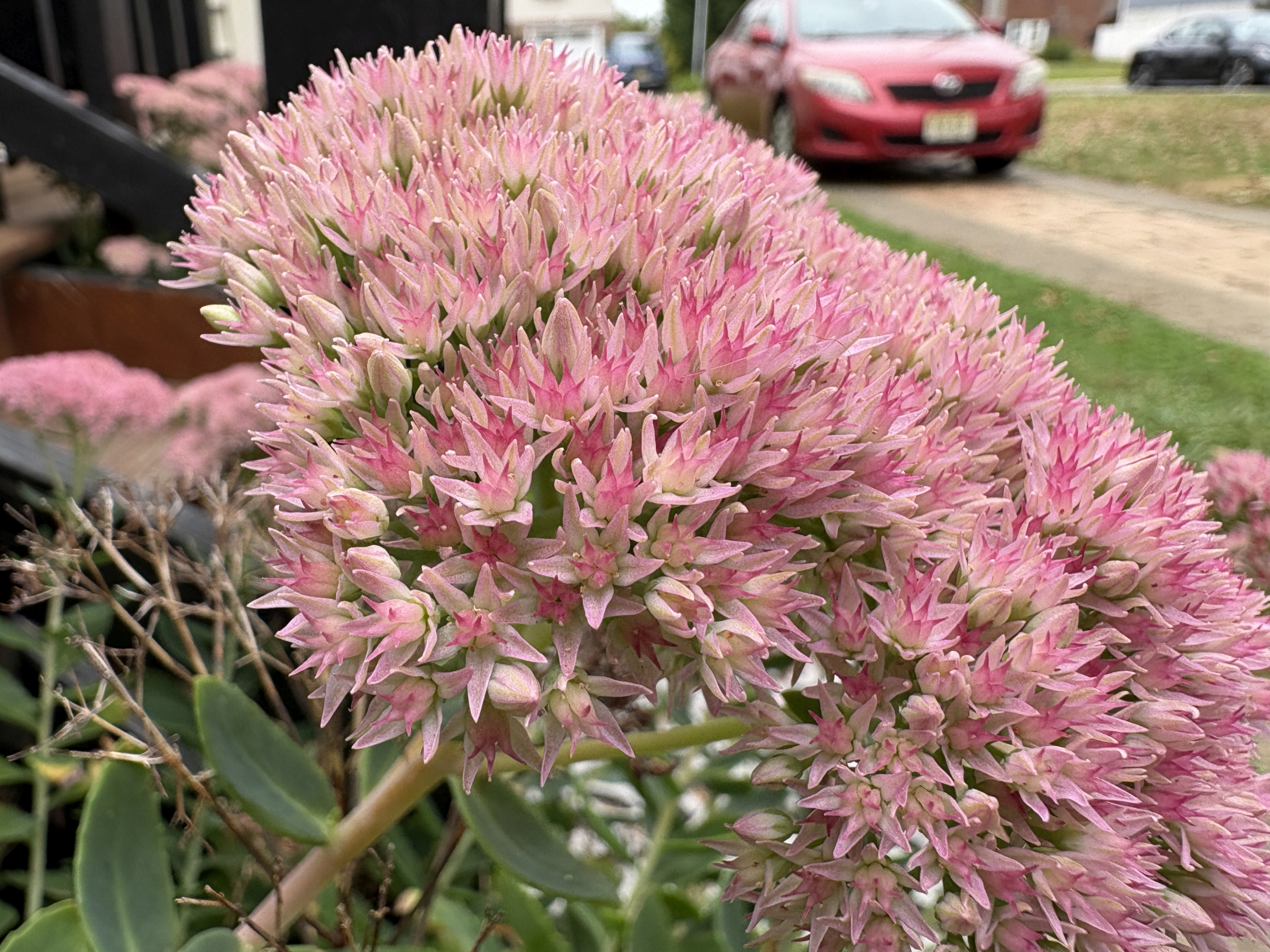
Adding to its utility, the iPhone 16 finally gains the ability to capture proper macro photographs thanks to its refreshed ultrawide camera. I captured several closeups of different kinds of flowers and I cannot tell you how unbelievably good it is, especially in the gallery above that allow me to get closer to subjects than ever before — with unprecedented detail.


I'm surprised by how well the iPhone 16 shots hold up against the iPhone 16 Pro in the photos above. While the Pro captures more of the flower in focus and does better with the exposure, the stuff that’s in focus with the iPhone 16 pretty much matches it.
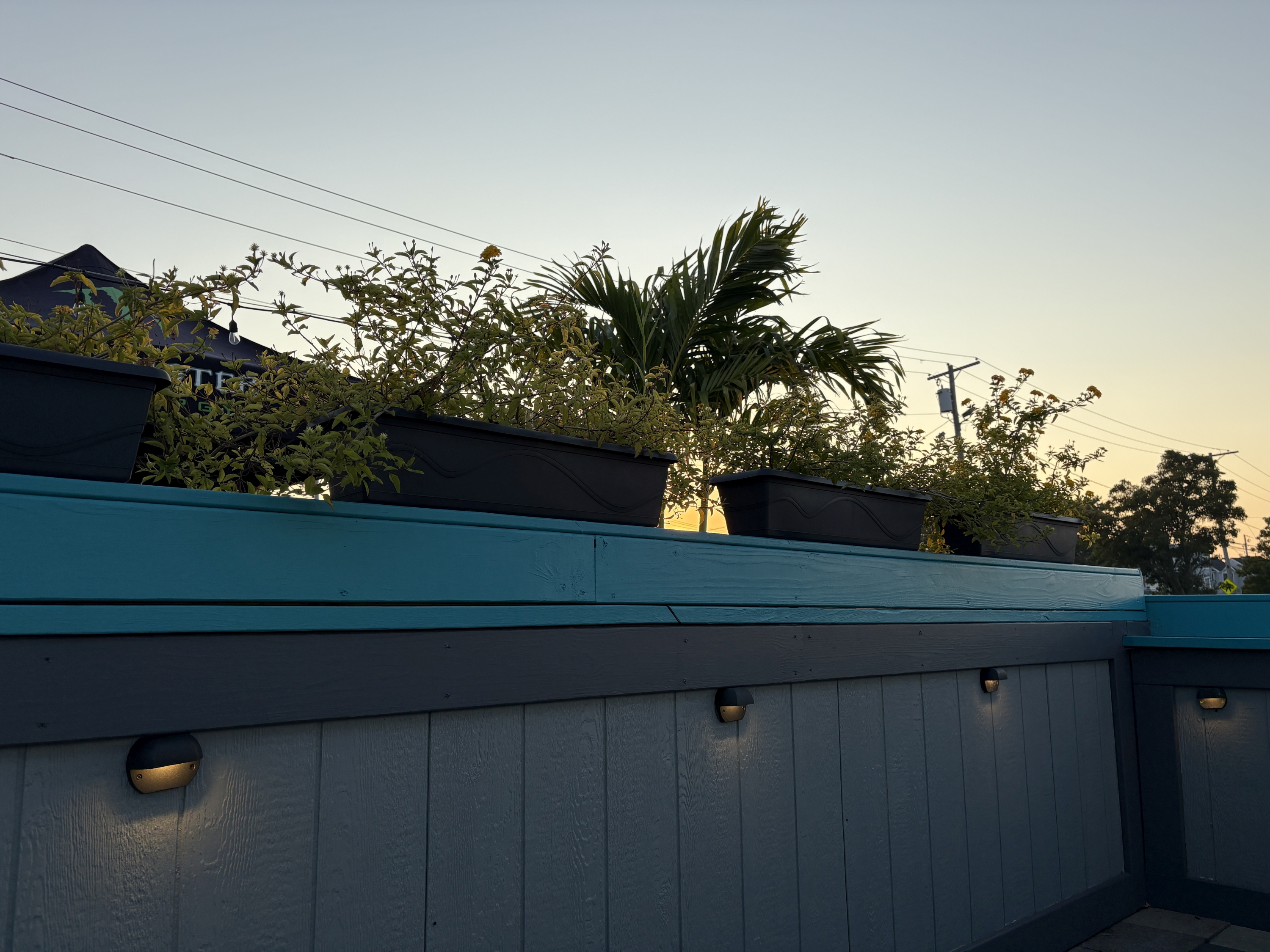
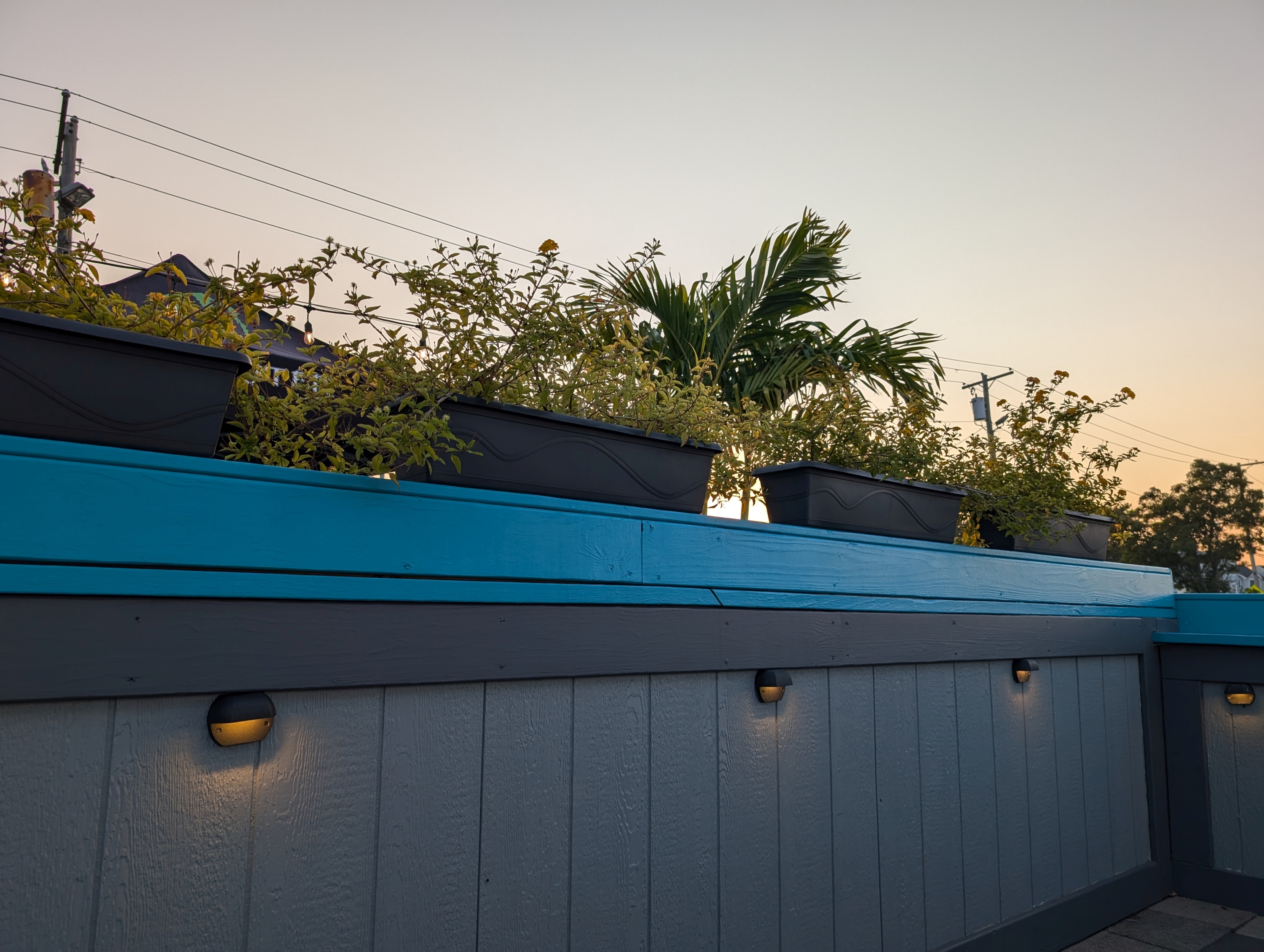
In high-contrast scenes, the iPhone 16’s dynamic range does an excellent job at neutralizing the exposure throughout the scene. The shots above show how the iPhone 16 handles the brighter areas of the setting sun in the background, while boosting the darker, more shadowed areas of the foreground. You can clearly see the yellow color of the sunset in the middle of the photo with the iPhone 16, whereas the Pixel 9 blows it out.
Pitch dark conditions are honestly the best situations to tell apart the best cameras from the merely good ones. There’s just no comparison between the shots of my backyard above because the tree’s substantially brighter, more exposed with the iPhone 16 — making it appear as though there’s a light shining on it from behind me.
I think it’s safe to say that the iPhone 16 is a top all-around camera phone that delivers outstanding results no matter the situation. You could pay more for the iPhone 16 Pro and gain the better telephoto camera, but the quality put out by the iPhone 16 cameras gives it a run for its money. Against key rivals like the Galaxy S24 and Pixel 9, it certainly has its advantages, putting those phones on notice with its superior low light and dynamic range performance.
Apple iPhone 16 review: Video recording
Video recording tops out at 4K 60 fps with the iPhone 16, which is the norm in just about every other phone for this price. I shot the two videos above using the iPhone 16 and Galaxy S24 Plus. Both do a fantastic job at capturing sharp looking footage that’s filled with plenty of detail, but I much prefer how the iPhone 16 has a better contrast — especially in how the green leaves in the trees. That’s because the Galaxy S24 Plus tends to look flat in those areas.
Under low light, the iPhone 16 does better than the Galaxy S24 Plus because at the start, I can visibly see how more of the footage is exposed with the iPhone 16. Since there’s no ambient light in the area I shot first, the Galaxy S24 Plus’ footage is dim and dark. When I pan to my deck, the S24 Plus suffers from mushier looking details — whereas the iPhone 16 has a bit more definition and better exposure.
While 4K 120 fps capture is exclusive to the iPhone 16 Pro, the iPhone 16 still has two options for slow motion capture: 1080p at 120 fps and 720p at 240 fps. The slow motion clip above of the water fountain does nicely to slow down the water splashes, but the details at 720p aren’t the sharpest.
Lastly, Apple introduces a new audio editing feature with videos called Audio Mix. Using the four microphones in the iPhone 16, I’m now able to better enhance the audio after I’m done recording video. As someone who shoots video professionally for a living, I can say this is a feature I can appreciate.
Since the microphones pick up audio in different directions, Audio Mix lets me do an array of things to get the sound I want. I tested it out with good results in the clip above. I initially recorded myself in front of the camera while I was playing an ASMR of people talking in the background, like what you’d find in a noisy cafe or diner.
In the Photos app, I can then use the Audio Mix settings to tune out the background noise. The second video is the end result with the background noise suppressed while enhancing my voice. This sort of audio layering feature isn’t necessarily new, but you typically find it in professional video editing software.
I do notice, however, that my voice increasingly becomes distorted the more I aggressively soften the background noise using the slider controls in the app — so there’s a fine balance to make it sound clear without introducing too much distortion.
Apple iPhone 16 review: Performance
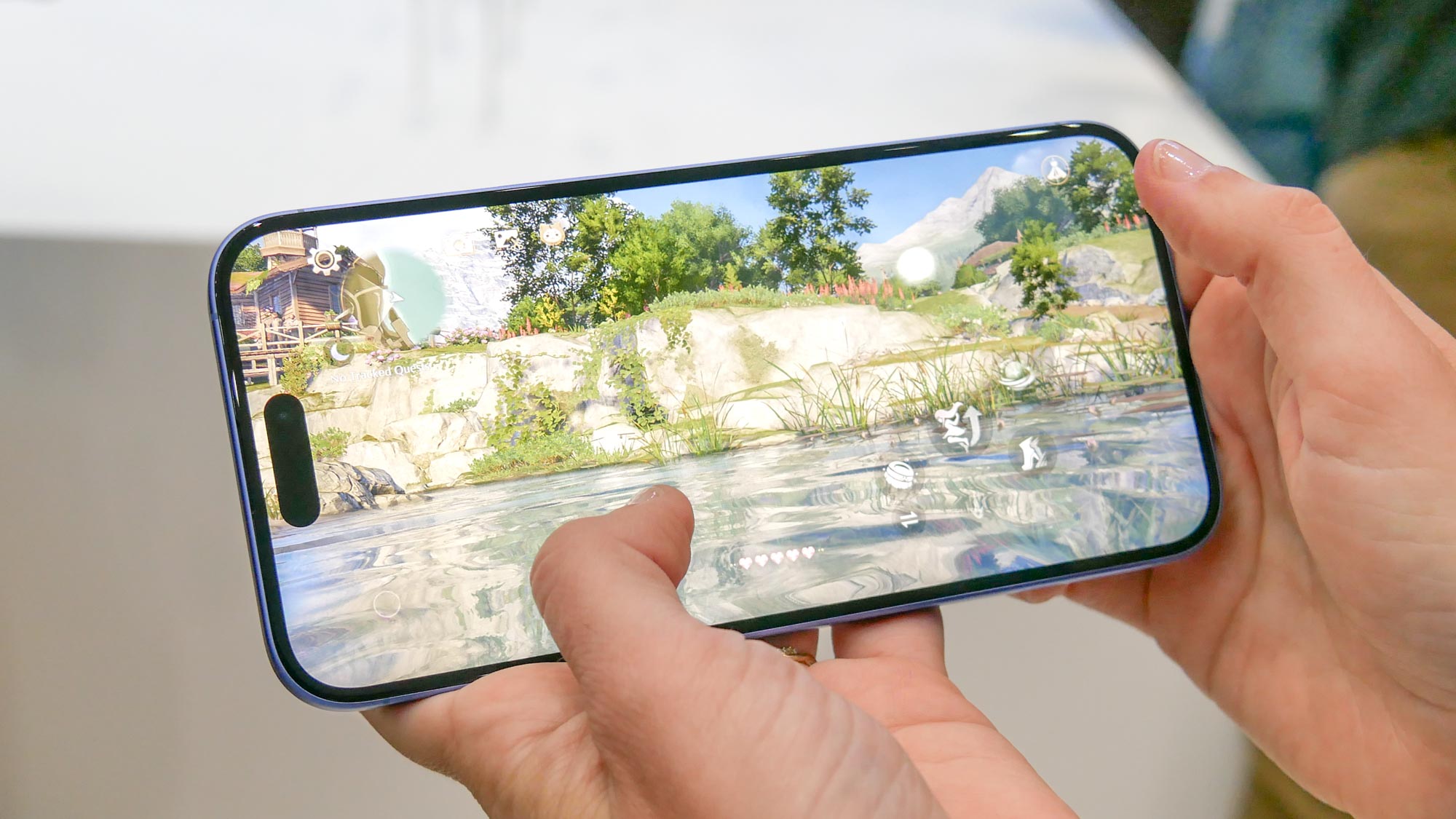
Skipping past the A17 Pro found in last year's iPhone 15 Pro models, Apple instead equips the iPhone 16 with the latest A18 chipset. It’s based on a new 3nm manufacturing process and offers 30% faster CPU performance than the prior A16 Bionic that was in the iPhone 15.
All of the synthetic benchmark tests show marked improvements for the iPhone 16. In Geekbench 6, the iPhone 16 achieves average single and multi core scores of 3,301 and 8,033 respectively — which is a significant boost over the iPhone 15’s scores of 2,518 and 6,179. What’s even more remarkable is that these scores are even better than the iPhone 15 Pro Max’s A17 Pro chip.
The phone is certainly fast with everyday tasks, but the only complaint I have is that it doesn’t quite have the same level of fluidness with animations and actions as the iPhone 16 Pro Max, which I attribute to the iPhone's 16's 60Hz refresh rate.
| Row 0 - Cell 0 | iPhone 16 | Samsung Galaxy S24 | Google Pixel 9 |
| Processor | A18 | Snapdragon 8 Gen 3 | Tensor G4 |
| Geekbench (single core/multicore) | 3,301 / 8,033 | 2235 / 6922 | 1,758 / 4,594 |
| WildLife Unlimited(fps) | 98.23 | 120.4 | 55.71 |
The performance improvement doesn’t stop there, seeing that there’s also a boost to its graphics processing performance. 3DMark’s Wild Life Unlimited test reaches an average frame rate of 98.23 fps, which is a 36% improvement over the iPhone 15.
Graphically intensive games run perfectly fine with the iPhone 15, especially in the climactic battle scenes that happen when I play Age of Origins. What makes this iPhone an even better gaming phone is that it gains support for hardware-accelerated ray tracing — a feature that once was exclusive to the 15 Pro models. I pulled up Resident Evil Village on the iPhone 16, and the frame rate kept steady with all the lighting and shadowing effects happening on screen. But again, it’s a notch or two below the performance I see in other flagship phones because of the iPhone 16's 60Hz refresh rate.
All told, the A18 chip is a jewel of its own because this “underpowered” chipset delivers better results than other comparable phones. For example, it posts scores that beat the Galaxy S24 and Pixel 9 in many benchmark tests. My only criticism goes back to the fact that it doesn’t have as much of that buttery smooth look that today’s best gaming phones offer with their faster refresh rates.
Apple iPhone 16 review: Battery Life
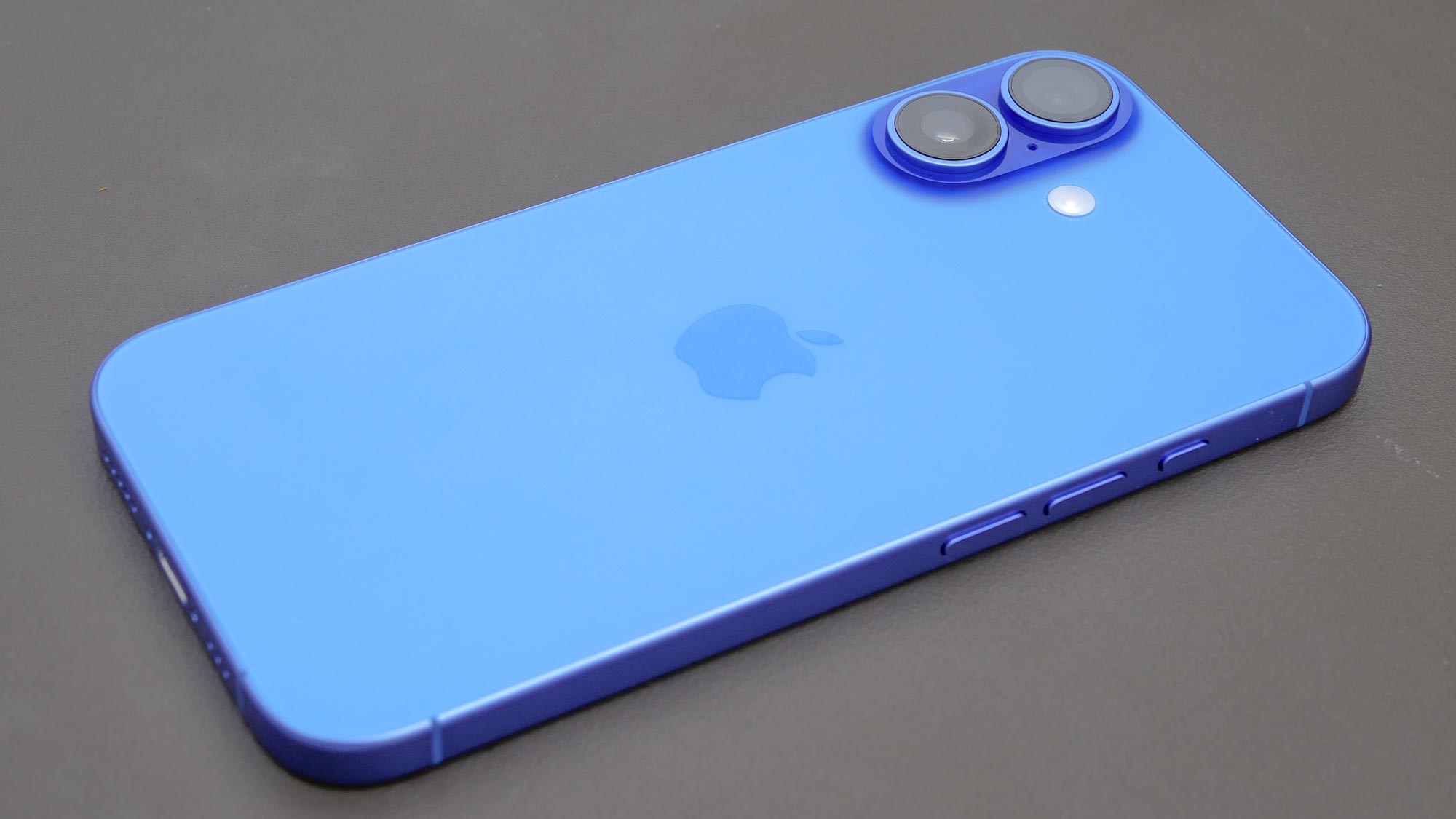
According to Apple, there’s a larger sized battery in the iPhone 16. Even though its exact capacity is unknown, at least until teardowns of the phone become public. Certainly, the iPhone 16 has enough gas in the tank to handle my daily usage. On days when I was heavy on my iPhone 16, I still needed to charge it at some point during the day — but I managed to get it down to 10% capacity at one point when I was a bit light on the usage throughout the day.
More importantly, the iPhone 16 doesn’t disappoint in the Tom’s Guide’s battery benchmark test. Its time of 13 hours and 19 minutes is a big improvement over the iPhone 15’s time of 11 hours and 5 minutes — a 20% increase in battery life. Even though it doesn’t see as much improvement as the other new iPhones, the iPhone 16 shows that a small phone such as this can still get you by without much worry.
| Row 0 - Cell 0 | iPhone 16 | iPhone 15 | Samsung Galaxy S24 | Pixel 9 |
| Battery size | N/A | N/A | 4,000 mAh | 4,700 mAh |
| Battery life (Hrs:Mins) | 13:19 | 11:05 | 13:28 (adaptive) | 13:18 |
| Wired Charging | N/A | 20W | 25W | 27W |
| Recharge percentage (15 mins) | 29% | 26% | 28% | 26% |
| Recharge percentage (30 mins) | 57% | 53% | 54% | 54% |
There were claims about 45W wired charging speeds with the iPhone 16, but after testing it out using different cables and connected to a GaN charger that shows me the charging output of each port, I only was able to see charging speeds upwards of 20W. That’s not fast at all, but given the iPhone 16's size, I’m surprised that it gets to about 29% capacity in 15 minutes of charging with Apple’s 30W charger — and then to 57% in 30 minutes.
On the flip side, the iPhone 16 gains 25W MagSafe charging and Qi2 support, so charging it wirelessly will be faster. However, you’ll need to replace your existing MagSafe chargers if you already have one to gain the benefit of faster MagSafe charging.
Apple iPhone 16 review: Software
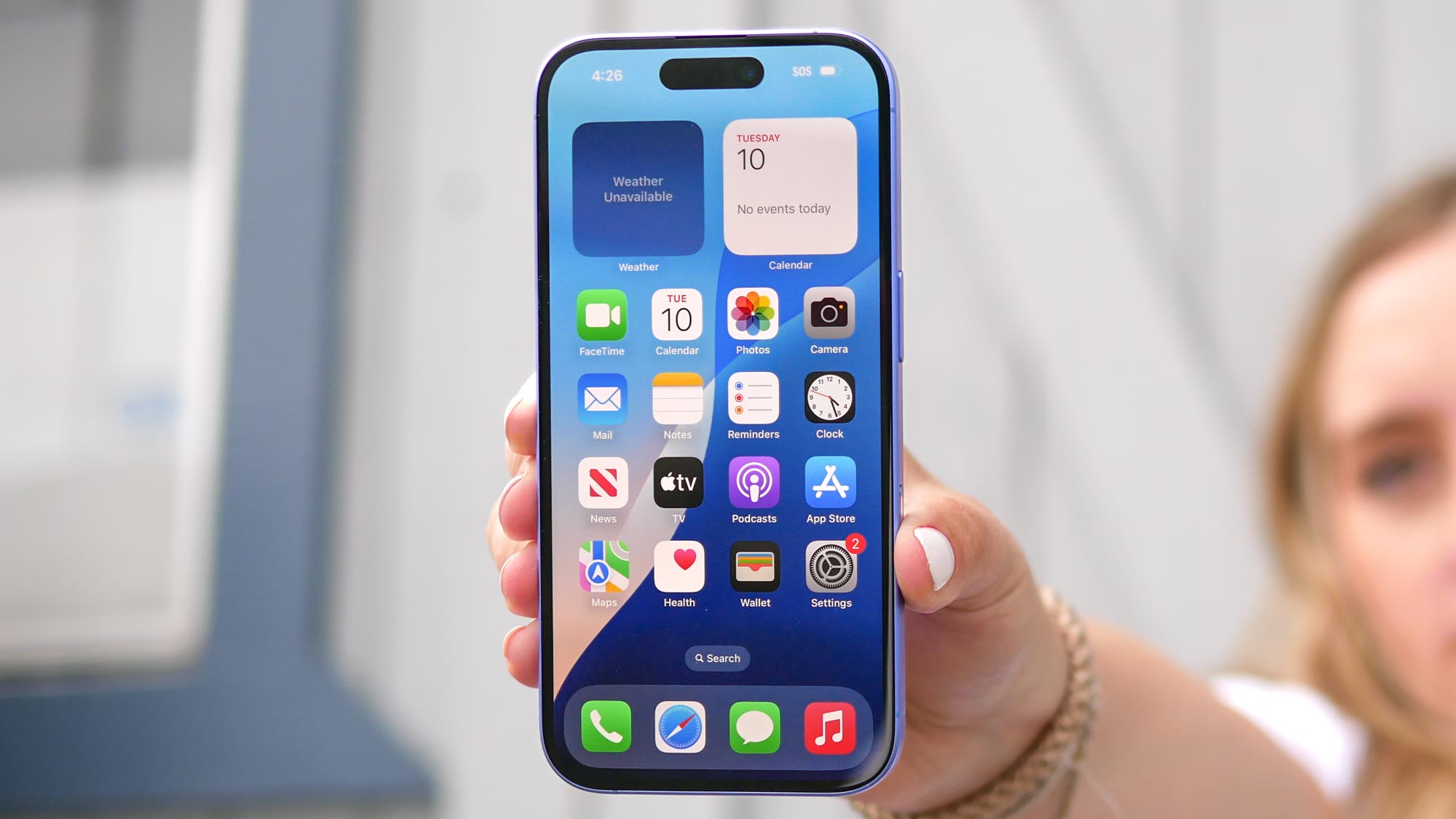
Apple’s new software releases can be substantial or iterative. With this year’s iOS 18 release, it’s more of the latter since the new version doesn’t have nearly as many big changes or features as iOS 17. That's because all the fun stuff arrived separately with Apple Intelligence's launch in iOS 18.1 in late October 2024, exclusive for all iPhone 16 models, plus the iPhone 15 Pro and iPhone 15 Pro Max.
As of November 2024, iOS 18.2 is in developer beta, with the stable release expected by December. This will add more features such as Genmoji, further ChatGPT integration and the option to share Find My locations via link in order to share it with non-contacts.
Our iOS 18 review dials into all the new features, like how there’s more customization and privacy features, but I will say that the changes and additions are all iterative. For example, in iOS 18 you gain the ability to lock or hide apps by adding a layer of authentication with Face ID, Touch ID, or a passcode.
As for Apple Intelligence, that brings the new and improved Siri, summaries for your notifications, emails, notes and more, Writing Tools to help check and rework your words, and recording/transcription features for the Phone and Notes app.
Apple iPhone 16 review: Apple Intelligence Preview
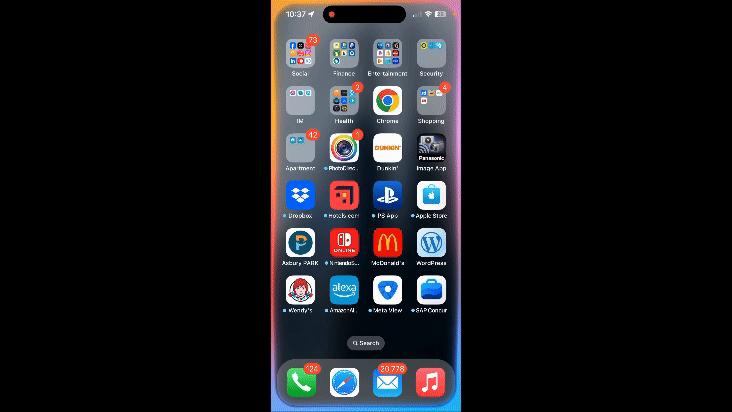
That’s why I think it’s a bummer that the iPhone 16 arrives without Apple Intelligence. I’ve been using Apple Intelligence features with a developer beta, which is still a work in progress. But I think it's safe to conclude that Apple Intelligence will usher in a new era for the iPhone because of how useful these new capabilities are. I’ve already highlighted some of my favorite Apple Intelligence features, like how Siri is much more conversational than ever before as well as the effectiveness of Photo Clean Up to edit photos with the help of generative AI.
However, there’s one Apple Intelligence feature I’ve yet to try out and am excited for. It’s Visual Intelligence, which is Apple’s answer to Google Lens. This is going to be an exclusive Apple Intelligence feature for the iPhone 16 lineup, so it won’t be coming on other previous models and could be the reason to convince people to upgrade. Tied to the Camera Control button on the iPhone 16, Visual Intelligence will allow you to quickly search for anything just by taking a snapshot of it — but it can be integrated with any app or service running on the phone.
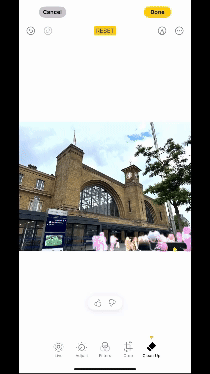
As much as I enjoy all the other Apple Intelligence features that are in preview with the iOS 18.1 developer beta, I don’t think they’re anything special or innovative. They’re essentially responses to what I’ve seen out there, like the summarizing and translation features in Galaxy AI or the photo editing abilities of Google’s Magic Editor. In fact, I’d go far to say that Google’s still ahead of Apple when it comes to AI features — more so when Apple's rival has spent years developing them.
Nonetheless, Apple’s steering in the right direction by finally developing Apple Intelligence. It’s just a bummer that it’s not available at launch. Despite that, it's a bigger boost for the iPhone 16 specifically because it'll have the same features as the iPhone 16 Pro models. I believe this should be the right approach by keeping the experience uniform, but it certainly adds more weight to the cheaper iPhone 16.
Apple iPhone 16 review: Verdict
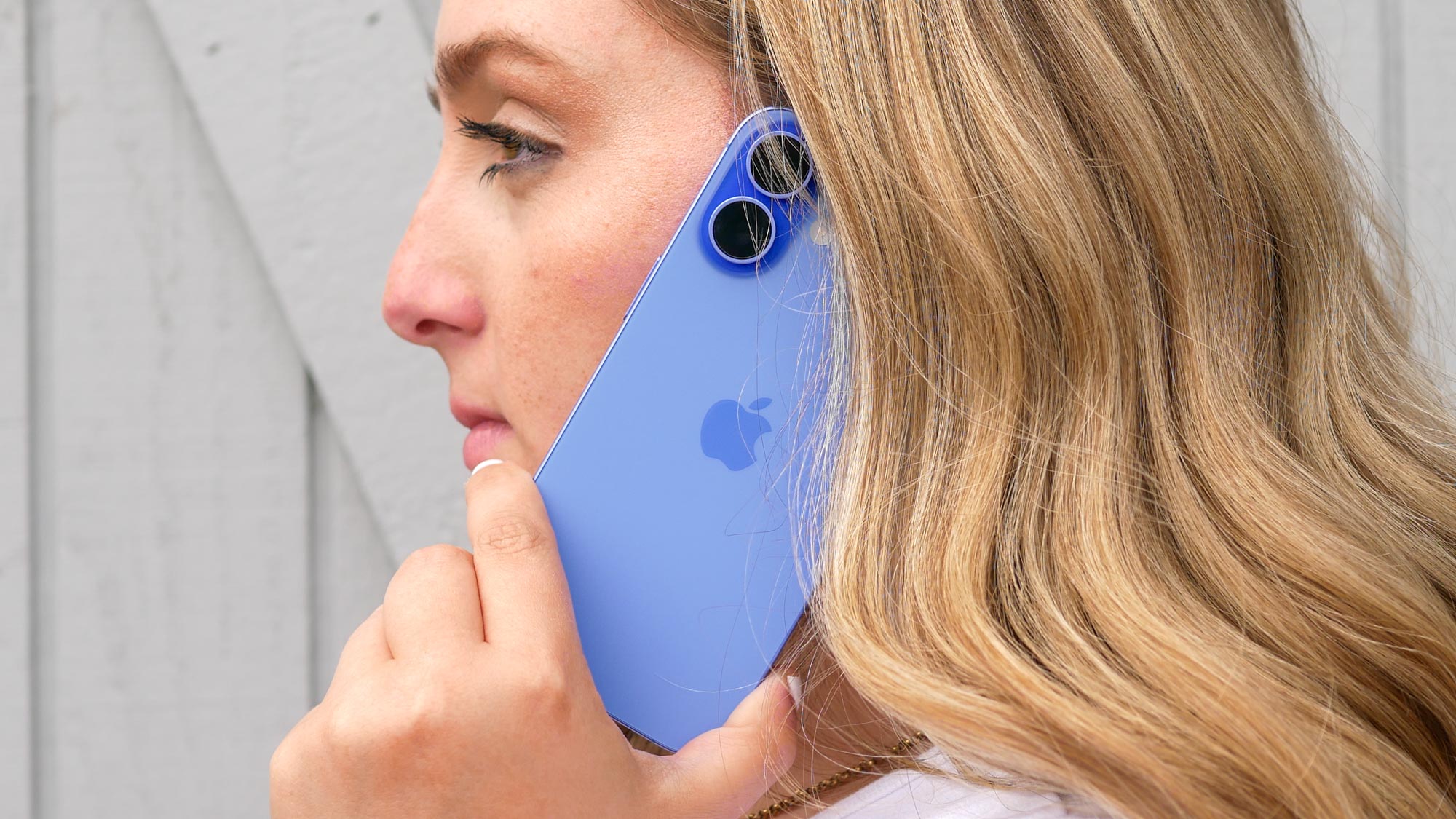
I still can’t believe that we’re going on two years now without an update to the iPhone SE. But given how superb the iPhone 16 is this year, I’m much more inclined to pick this model up, especially since it shares a lot of the same features as the iPhone 16 Pro. I’m referring to the Action Button, Camera Controls and — once iOS 18.1 arrives — pretty much the same Apple Intelligence features.
Equally as impressive are the iPhone 16 cameras, which for the price difference still put out sharp photos, particularly from the main lens. The only real area it’s missing out is in the telephoto department, but that’s the distinguishing reason you should consider the Pro models instead. As a video camera, I also love how the iPhone 16 gains the same Audio Mix feature to enhance the sound of my videos to the way I want them.
At the end of the day, the only big criticism I have about the iPhone 16 is its 60Hz display. It’s dated and lacks the fluidness I see in other phones with better refresh rates. Then again, you’re saving a good $200 by choosing the iPhone 16 over Apple's Pro phone and the areas it inherently falls short against its siblings (think battery life and processing performance). Really, the iPhone 16 has pro features at a mainstream price.
More from Tom's Guide

John’s a senior editor covering phones for Tom’s Guide. He’s no stranger in this area having covered mobile phones and gadgets since 2008 when he started his career. On top of his editor duties, he’s a seasoned videographer being in front and behind the camera producing YouTube videos. Previously, he held editor roles with PhoneArena, Android Authority, Digital Trends, and SPY. Outside of tech, he enjoys producing mini documentaries and fun social clips for small businesses, enjoying the beach life at the Jersey Shore, and recently becoming a first time homeowner.
